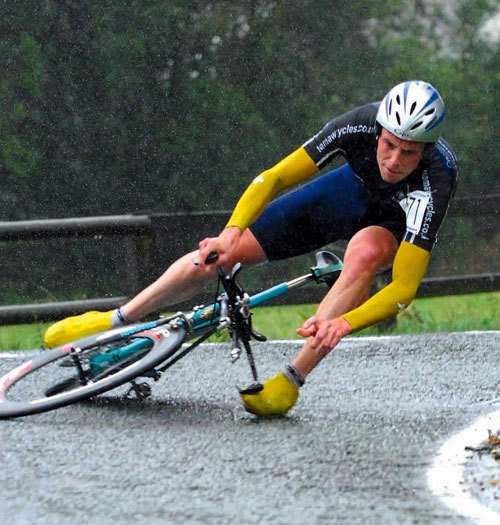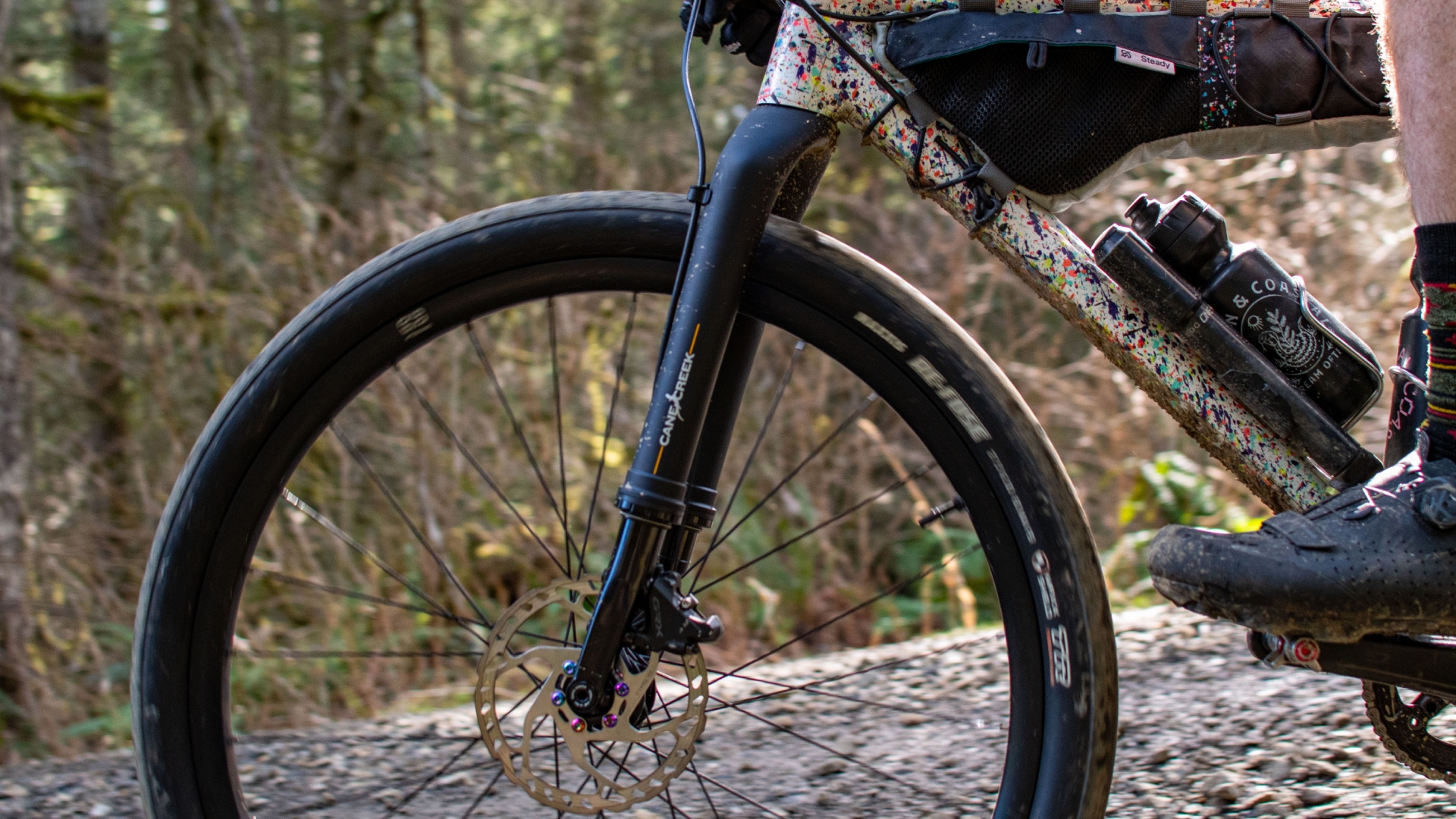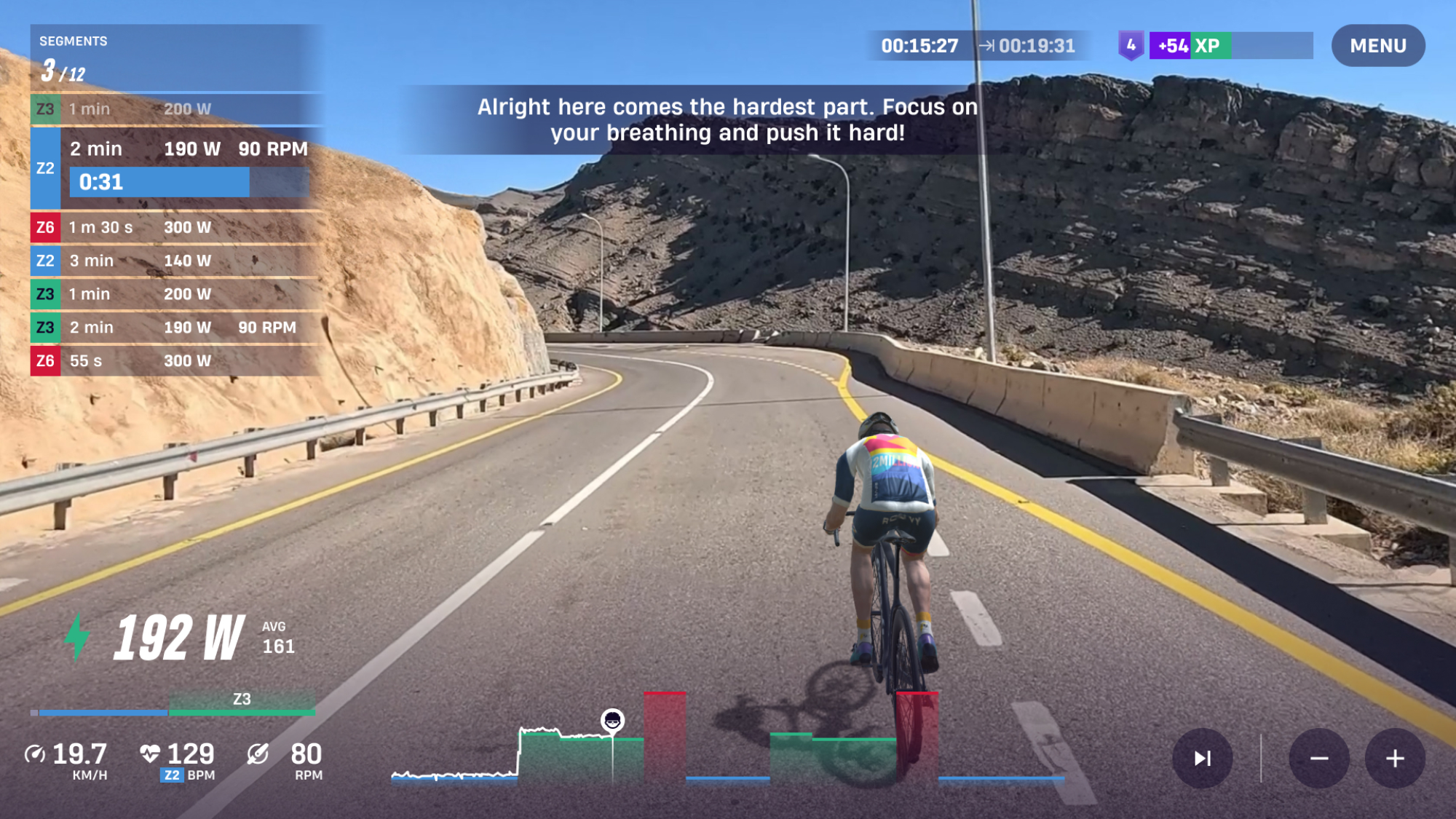HOW DO I: TREAT BRUISING AND INFLAMMATION

Cyclists are lucky that they do not get injured as often as other sportspeople. In a study of injuries per 1,000 hours of activity time cycling was ranked eighth, with only 3.5 injuries. The worst was Alpine skiing with eight injuries per 1,000 hours. However, the surprise entry was number three, jogging on an indoor machine, with six injuries per 1,000 hours.
Injuries don?t have to be catastrophic such as falling off; they can be caused by overuse, the repetitious turning of your pedals, or spending miles and miles in a poor position.
Inflammation often accompanies injuries, the area feels hot, painful, swollen and looks red. It might also feel tender.
Inflammation is a kind of non-specific immune response to the cellular damage caused by your injury. Swelling and inflammation can damage the healthy tissue, impair the range of movement around the joint, and slow down the healing process. Your number one first aid step is to slow down the inflammation.
Ice or a cold pack helps control swelling and inflammation around the injured area. Ice should be put on an injury as soon as possible. Never put ice directly on the skin. Fill a plastic bag with small ice cubes or crushed ice and wrap the bag in a cloth. If ice is not available, use a bag of frozen vegetables such as peas. Anything cold would help ? a cold can of drink rolled over the area if you were really desperate.
Leave the ice on for 10 minutes at a time then remove it for 40-45 minutes so the area can warm up to room temperature. Do this once an hour and repeat three to four times a day. Small body parts or areas with very little fat covering them will need icing for less time. Leaving the ice on for too long can cause skin damage.
If your injury is a long-term one, icing after a training session will help contain inflammation and pain, but never use ice beforehand as you may injure the area when you start exercise because there will be reduced blood flow to the area.
Get The Leadout Newsletter
The latest race content, interviews, features, reviews and expert buying guides, direct to your inbox!
WARNING SIGNS
Pain is a warning sign of damage and inflammation. It tells you there is a problem and to stop or slow down what you are doing. The chemicals released by dead and dying cells, acting on the nerve endings, cause the pain. As the swelling associated with inflammation develops, the pressure it causes may also produce pain.
Swelling may occur quickly if there is a sudden injury ? a knock to the knee or elbow for example ? but swelling from a slower-developing knee problem may take longer. Tissue fluid seeps from the damaged blood vessels in the area. The fluid that passes out into the tissues is high in white cells and protein.
Heat shows the body is working hard to heal the area. Blood is diverted to the area to bring the nutrients needed for repair and carries away the waste tissues. More blood flowing into the area creates increased warmth. Blood flow slows down in the small vessels and by four hours after injury.
Redness on the surface of the skin is from the blood-filled capillaries near to the surface as they carry blood to and from the injury site.
ALTERNATIVE TO ICE
Polar Powder is a microscopic resin crystal-based compound. It?s a great alternative to ice because it doesn?t melt so it?s much less messy. The packs are soft and can be moulded to the shape of the limb and, unlike ice, it can be used directly against the skin as it transfers cold at a much slower rate. Because of this they also hold the cold for a much longer time than ice.
Polar Packs are ideal for wrapping around difficult joints such as the knee. Completely reusable, they just need a wipe over to clean them, and then pop
them back in the freezer. Available from www.allsports-int.co.uk, 01302 325163.
RECOVERING
Acute injury 0-48hrs
Knocks, bumps, sprains
and strains
1 - Stop what you are doing
2 - Ice and compress the area to reduce swelling and inflammation
3 - Elevate if possible to help excess fluid from damaged tissue to drain
Acute injury 48hrs plus
1 ? Try and gently mobilise the area
2 ? If movement is pain-free try and resume training, but stop if pain develops
3 ? Ice any swelling after training
4 ? If movement is still painful continue with rest
and seek expert advice
Chronic injury
1 ? Keep area warm
during training
2 ? Ice after training
3 ? If pain continues, seek expert help to correct the underlying problem
OUR EXPERT
Hannah Reynolds
Cycling Weekly?s fitness editor says: ?What you do in the first few minutes of an injury affects its outcome. RICE ? rest, ice, compression, elevation ? are the basic first steps. Rest the area to prevent any worsening of the injury and to keep inflammation from spreading."
"Ice simply means cooling. Compression requires a bandage; it shouldn?t be so tight that your skin changes colour or tingles, just enough to constrict the area. Elevation means lifting the limb above the heart. The length of time needed depends on the size, depth and severity of the injury. If your skin is red you have overdone it.?

Thank you for reading 20 articles this month* Join now for unlimited access
Enjoy your first month for just £1 / $1 / €1
*Read 5 free articles per month without a subscription

Join now for unlimited access
Try first month for just £1 / $1 / €1
Founded in 1891, Cycling Weekly and its team of expert journalists brings cyclists in-depth reviews, extensive coverage of both professional and domestic racing, as well as fitness advice and 'brew a cuppa and put your feet up' features. Cycling Weekly serves its audience across a range of platforms, from good old-fashioned print to online journalism, and video.
-
 Review: Cane Creek says it made the world’s first gravel fork — but what is a gravel fork, and how does it ride?
Review: Cane Creek says it made the world’s first gravel fork — but what is a gravel fork, and how does it ride?Cane Creek claims its new fork covers the gravel category better than the mini MTB forks from RockShox and Fox, but at this price, we expected more.
By Charlie Kohlmeier
-
 ROUVY's augmented reality Route Creator platform is now available to everyone
ROUVY's augmented reality Route Creator platform is now available to everyoneRoute Creator allows you to map out your home roads using a camera, and then ride them from your living room
By Joe Baker